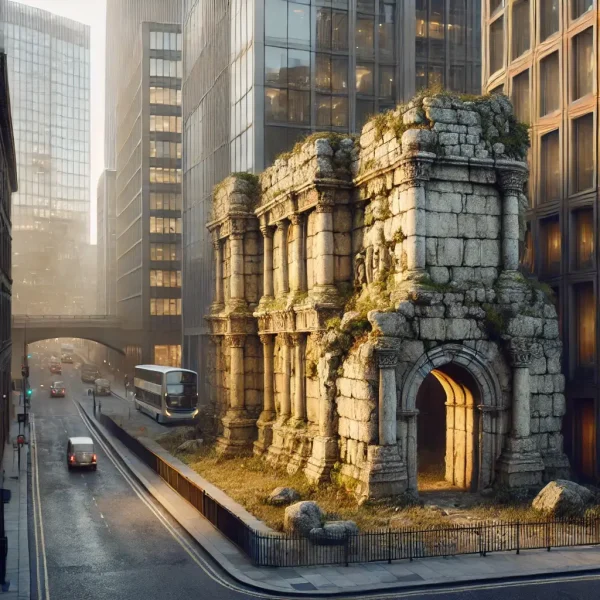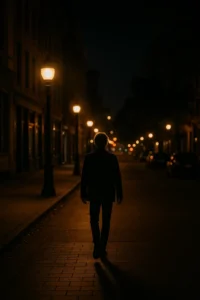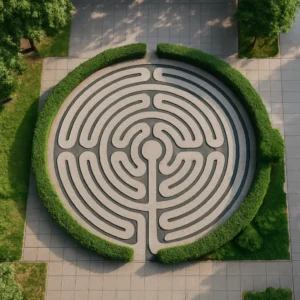In many of today’s bustling cities, fragments of old stone walls still stand — quiet and weathered witnesses to centuries of change. These ancient structures often go unnoticed, overshadowed by towering skyscrapers, fast-moving traffic, and modern life. Yet, behind these walls lies a hidden history that tells the story of how cities were born, defended, and transformed over time.
Old city walls were not merely barriers; they were the lifelines of early civilizations. Built to protect against invaders, wild animals, and outside threats, they also marked territory and power. The height, thickness, and design of these walls reflected the fears, ambitions, and resources of a city’s rulers. Today, these remnants often serve as the only surviving structures from long-forgotten eras.
Take the Walls of Ávila in Spain. Built in the 11th century, these medieval fortifications once protected the city from both military and religious conflicts. Today, they are a UNESCO World Heritage Site and offer visitors a glimpse into what life was like during Europe’s feudal period. From the top of the walls, you can still see the same views that guards would have watched over hundreds of years ago.
In Istanbul, the ancient Theodosian Walls stretch across the city, dating back to the Byzantine Empire. These massive walls defended Constantinople for over a thousand years, enduring sieges, earthquakes, and empires. Though parts of them are crumbling, others have been carefully restored, blending old stone with modern streets. Hidden among these walls are old gates, secret tunnels, and forgotten inscriptions — a physical diary of one of the world’s most historic cities.
In China, the old city walls of Xi’an stand as a rare complete example of Ming Dynasty urban planning. Stretching nearly 14 kilometers, they form a massive square around the city center. Each section of the wall contains watchtowers and arched gates, once used to control who entered and exited the city. The walls are now a popular cycling route, but their foundations whisper stories of emperors, warriors, and traders who passed beneath them.
Old city walls also played roles in cultural and religious life. In Jerusalem, the ancient walls of the Old City frame the sacred sites of three major world religions. These stones have seen processions, prayers, crusades, and pilgrimages. Each gate, such as the Damascus Gate or the Lion’s Gate, carries symbolism and history that go far beyond their architectural design.
Many of these walls also have darker histories — tales of imprisonment, execution, or exclusion. Some were used to separate people by race, religion, or social class. Others were the last sights seen by those who fled or fell during sieges. Beneath their beauty lies a deep complexity that must be remembered and respected.
As modern cities expand, the question of how to preserve these ancient structures becomes more urgent. Some walls are being dismantled to make way for roads and development, while others are being restored as historical landmarks. The challenge is to maintain their integrity while integrating them into the living, breathing fabric of the city.
Today, urban explorers and historians are bringing attention back to these forgotten walls. Through photography, guided tours, and digital reconstructions, they are uncovering the layers of stories that still lie within the stone. These efforts help people reconnect with their urban past and understand how cities have grown not just outward, but upward from their original cores.
When you next walk past a section of old wall in your city or while traveling, pause for a moment. Look at the stones, the moss, the cracks. Imagine the hands that built them, the battles they withstood, the silence they’ve held. These walls are more than old structures — they are time travelers, still standing to tell their story.







